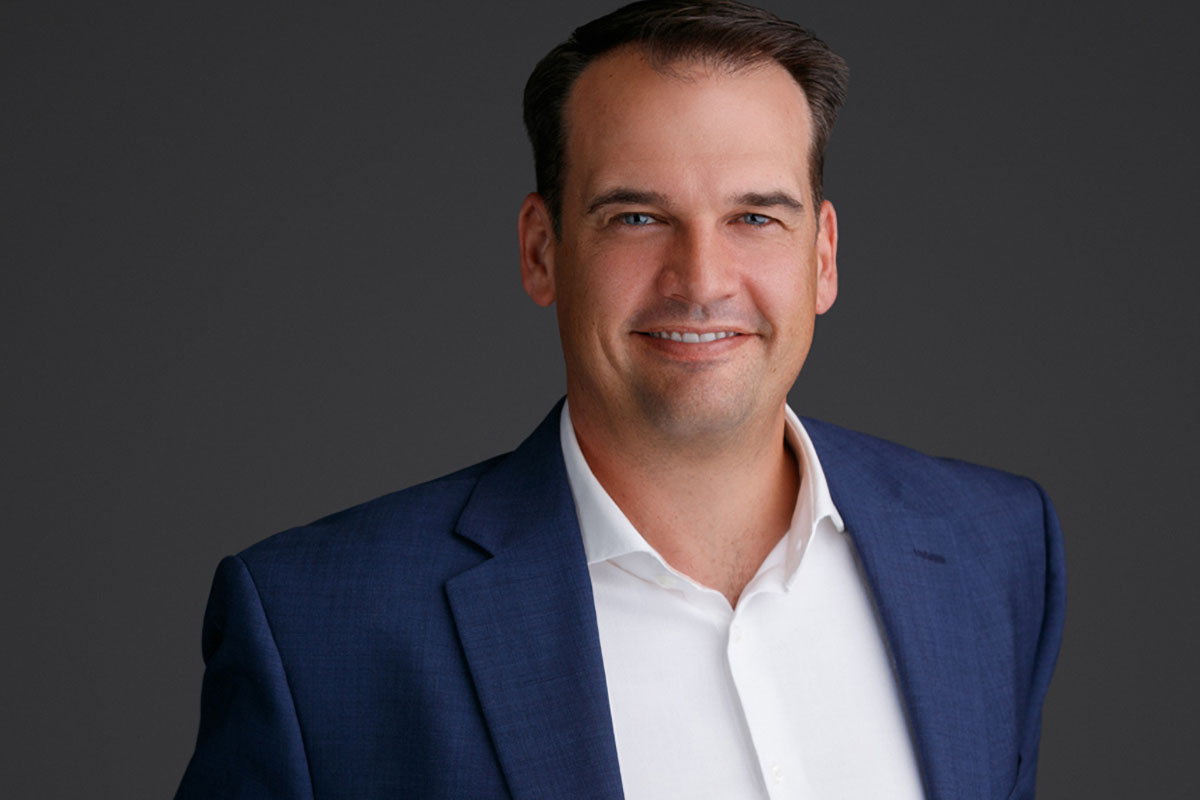A team of specialists is critical.
I have had three “ah-ha” moments during my journey in the private lending industry. The first was when I closed my first private money loan and recognized the opportunity in the industry. The second was when I made the transition from a trust deed platform to a mortgage fund platform. The third, which I will highlight here, is when I recognized that running a mortgage fund is very different from running a trust deed platform.
I funded my first private money fix-and-flip loan in 2008. The private equity fund I had been working for the prior six years had recently become a casualty of the housing collapse. Looking for my next opportunity, I randomly met a real estate investor at a mixer. He told me about how he was buying bank-owned properties at a discount and looking for capital to fund his next purchase. That kicked off my first hard money loan.
Over the next 12 years, I built a private lending company that specialized in funding fix-and-flip and bridge loans using capital from private investors. We built systems that efficiently originated, processed, funded, and serviced our loan portfolio. The systems we developed worked well. They worked so well that we quickly recognized that we could not sustain the model.
When we launched our mortgage fund in 2020, the idea was to apply the same processes we developed through our trust deed platform. At the most basic level, funding a loan requires origination, underwriting, capital raise, closing, and servicing. The thought was with a mortgage fund, we could eliminate the per-loan capital raise and provide a much smoother close, eliminating the back and forth with the various parties in a loan closing.
After launching the mortgage fund, I quickly recognized the processes and skills required to manage a mortgage fund were much different from a trust deed platform. I found the company had split into two distinct companies. One side was the mortgage fund, which included raising capital, fund management and accounting, reporting, investor correspondence, and other tasks. The other side was the lending platform, which included loan origination/underwriting, loan closing, and loan servicing. To effectively manage both required a team of specialists who could execute within each function and, most importantly, take me out of the day-to-day.
I spent the next month drafting each major function of a mortgage fund and the ideal skills required for each. I concluded that the main components of a mortgage fund were loan origination, underwriting, closing, servicing, investor relations, accounting, and marketing.
Again, as I look back on my journey in the private lending industry and the three major “ah ha” moments that brought me where I am today, I realize each step required a very different set of processes and skills. As I scale our mortgage fund, I constantly test new ways to make the process more effective to ensure we meet our No. 1 goal: to exceed the expectations of both borrower and investor clients.











Leave A Comment